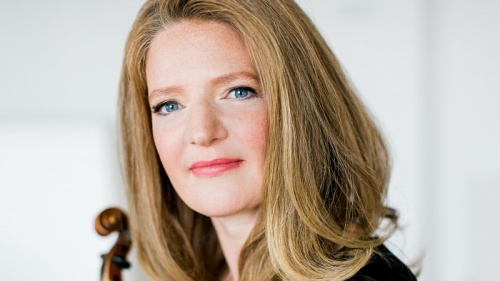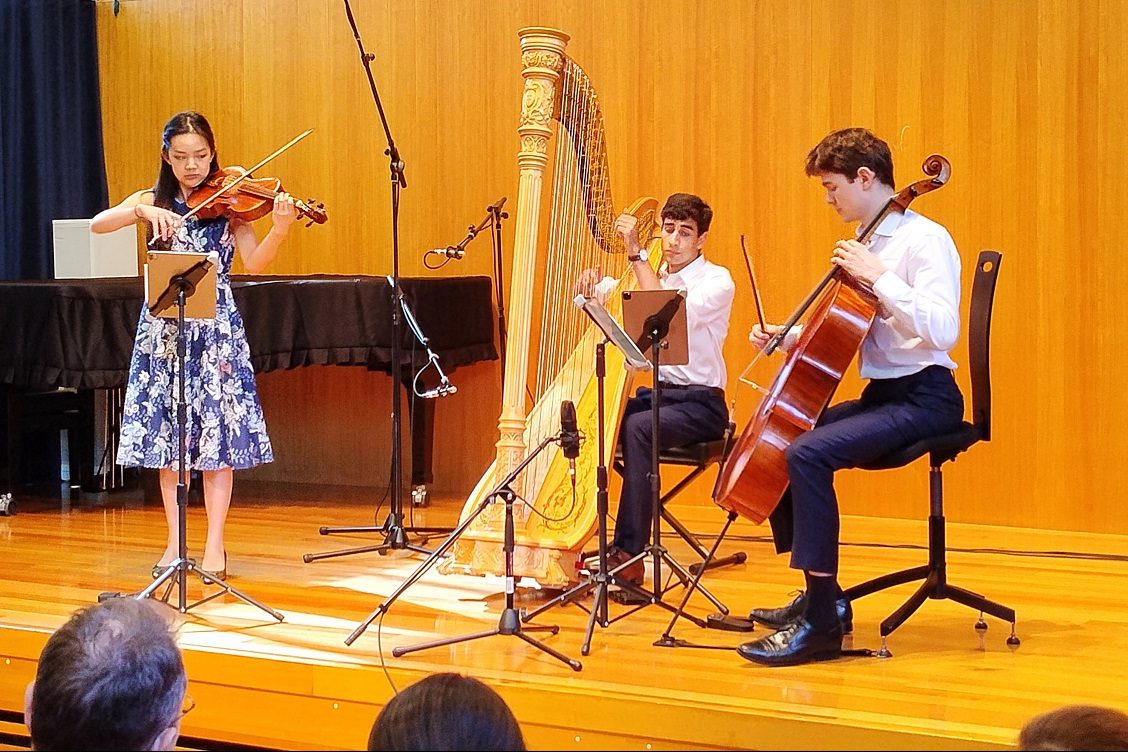
ON its first tour of Australia the Orchestra of the Age of Enlightenment (OAE) with Rachel Podger (“queen of the baroque violin”), offered a repertoire of Haydn, Mozart and JC Bach standards. But, as it is renowned for, the orchestra’s playing is anything but standard.
Three decades ago a group of London musicians decided to do something different in the classical music world. Today, with more than 80 recordings, hundreds of concerts and the educational and community outreach programs it offers, the OAE is much more than just a group of musicians.
Heralded across the world, its name is at the forefront of classical music genres. Now, performing in six locations around Australia, it brings its unique sound on authentic instruments for the first time, for Musica Viva, as part of its expanding progress.
To open the concert, Haydn’s “Symphony no 26 in D minor”, “Lamentatione”, which could have been part inspiration for some of Michael Nyman’s music due to its similarity, got the night off to an animated opening.
The glorious warm sound of the second movement, especially in the low stirrings was a lesson in unison and passionate playing. To play with such precision as a group, each instrumentalist is clearly an excellent player in their own right. I saw no timid or tepid performers on the night.
Shortly into the Mozart, “Violin Concerto no 1 in B-flat major” K207, Podger seemed to be having an issue with her violin or bow, but it was minor and didn’t interfere with her ability to create some outstanding music. Mozart’s slow movement was an experience in sublime tranquillity and evenness, as was the whole concerto.
In Johann Christian Bach’s, “Symphony in G minor, op 6 no 6”, it offers the emotional ride of a wild storm in the opening movement. It’s said that this piece was a reaction to perceived constraints of rationalism imposed by aesthetic movements of the time.
It all calms down in the walking-pace second movement, which is full of call and response themes, but still, underneath there is the sense of the brooding and the tempest that‘s about to hit.
The storm remerges with vigour in the final allegro molto movement of the symphony. What a performance it was!
The more sophisticated “Violin Concerto no 5 in A Major”, K219 “Turkish”, from Mozart, than the earlier performance, had during the fast first movement a slow violin solo that showed the more mature and explorative Mozart. It offset the traditional flurry usually heard in the opening moments of violin concertos.
Again, in the slow movement, we heard that grand glowing sound the OAE create. This group can bring out the subtleties of music no matter what they play. They were right on song in the swelling and fiery moments in the final movement.
After a prolonged applause, the orchestra played an encore, Mozart’s one movement “Rondo in C Major” K 373. The hall seemed to fill with an even warmer and richer sound, capping off a night of sublimely played music.
Who can be trusted?
In a world of spin and confusion, there’s never been a more important time to support independent journalism in Canberra.
If you trust our work online and want to enforce the power of independent voices, I invite you to make a small contribution.
Every dollar of support is invested back into our journalism to help keep citynews.com.au strong and free.
Thank you,
Ian Meikle, editor




Leave a Reply